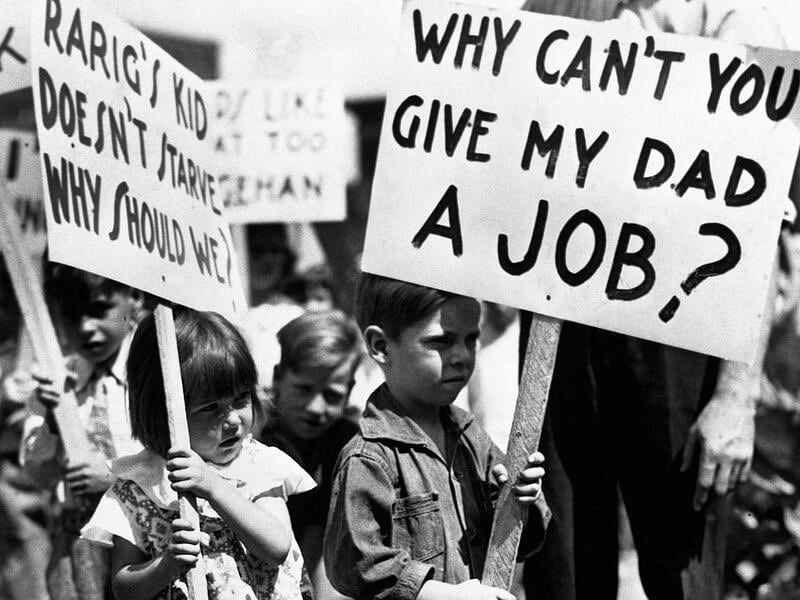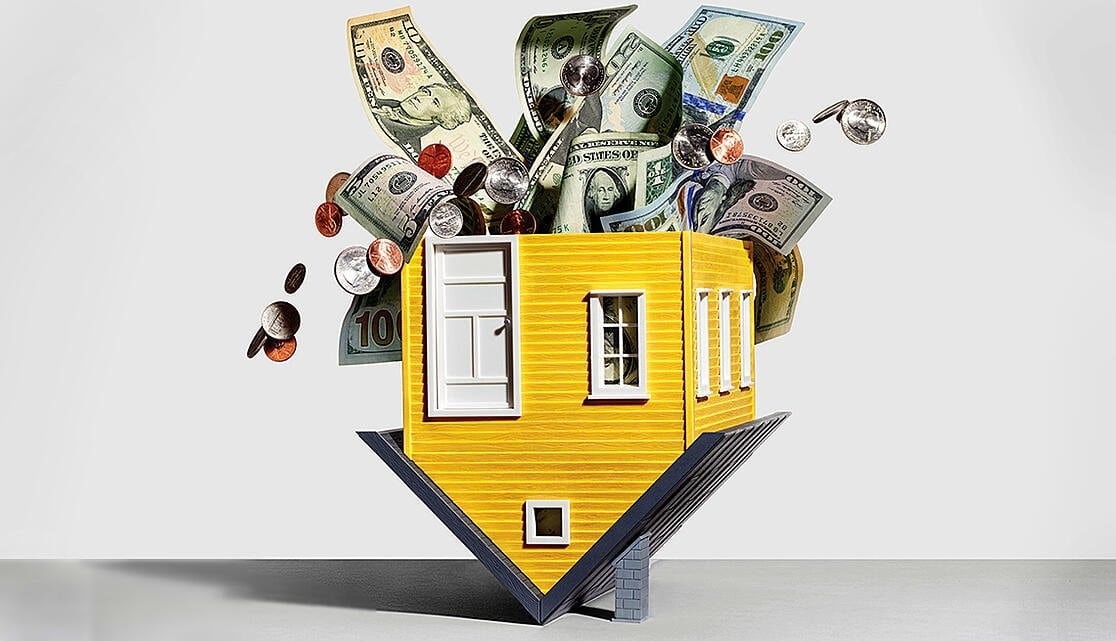Baby Boomers Face the Reality They Might Never Retire

I was messing around on Google the other day and typed in: “Baby Boomer Retirement.”
These are the search results, in order:
1. Are We in a Baby Boomer Retirement Crisis?
2. One-third of baby boomers had nothing saved for retirement at age 58
3. Tough retirement realities for baby boomers
4. Lack of retirement savings haunts Baby Boomers
5. Baby Boomers Face Reality They Might Never Retire
I’m not even kidding. Those are the first five search results. How could you not worry about retirement when you keep hearing this dismal news?
But are Baby Boomer’s prospects really that dire?
Today, poverty rates among people 65+ is around 10%. Fifty years ago, in 1969, it was 20%. Nearly twice as much.(source)
Forbes recently published an article titled The Graying of Wealth. In it, author Neil Howe writes, “The relative affluence of today’s elderly is historically unprecedented. Never before have the 75+ had the highest median household net worth of any age bracket. Today, the typical 80-year-old household has twice the net worth of the typical 50-year-old household.”
Below is the data by which he reached his conclusion. According to the 2016 Federal Reserve Survey of Consumer Finances….
Here is the median net worth by age in the U.S.: Ages 55-64: $191,836
Do you know what this means? The average American sees their financial status improve as they get older. This data is so counter-cultural it is almost hard to believe. The doom and gloom surrounding Baby Boomers and retirement is profoundly over-hyped.
This kind of one-sided information dramatically skews the perception of most Americans nearing the end of their careers. For at least 50% of the population, these articles are completely irrelevant.
Even more compelling data:
Only 12% of retirees die with no assets (source)
48% of retirees are able to maintain their standard of living once retired (source)
1/3 of retirees have more money 20 years into retirement than on the day they retired (source)
I had to dig to find this information. It required me to read government studies and surveys which are rarely cited. But the data is there. It is available for all to see.
Let’s create our own fictitious Google search results. If it were up to me, these would be the first five results when searching the term “baby boomer retirement.”
1. The Majority of Baby Boomers Will Thrive Once Retired
2. The Bottom 25% of Americans Will Struggle Financially in Retirement, But What About the Other 75%?
3. The Elderly Are More Wealthy Than Any Other Time in American History
4. The Average Retiree Sees Their Net Worth Increase As They Age
5. Nearly Half of Boomers Will Not Have to Adjust Their Lifestyle Once Retired
Now that is refreshing.
Be Blessed,
Dave |



